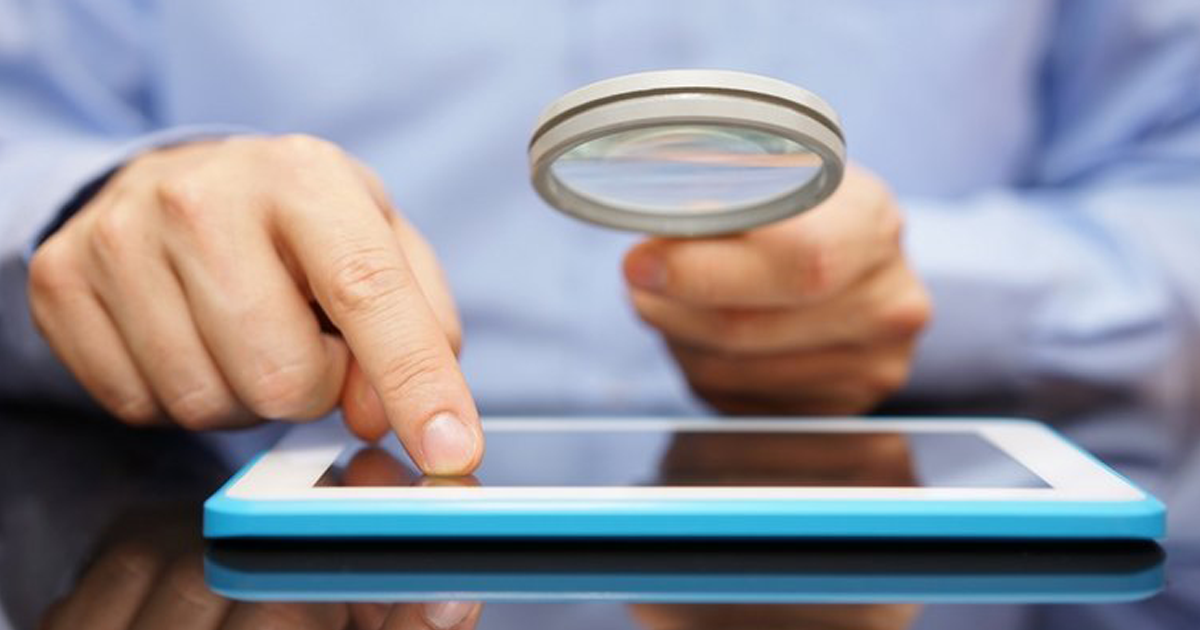
The aged care industry has been careful in adopting technology-based solutions, citing fears about the technology usage, complexity, reliability, support and the ‘dangers of the internet’. However, these concerns and debates around disruptive business models have tended to overlook the improved outcomes technology can deliver for aged care, such as better self-direction for aged Australians accessing care services.
Setting a technology trend
Some providers have been more progressive and harnessed the benefits of technology, such as the two year trial by WA Home and Community Care (HACC). With the help of technology, a sample group of 100 aged care recipients can now choose and hire their care workers directly, and the initial trial results have been encouraging.
In the age of the Internet, online consumers have come to demand a higher level of service and support from retailers, services, healthcare and almost all other interactions with providers. This now extends to aged care, where technology can create a transparent and an affordable marketplace filled with skilled and knowledgeable workers.
Research shows improved care through technology
Visual devices such as tablets enable aged care workers to provide a better level of care, according to Australian Ageing Agenda. The result is from a study run at 12 Wesley Mission aged care facilities in Queensland.
The purpose of the research was to evaluate the benefits of providing care workers with a tablet loaded with a picture care plan (PCP). The PCP is an illustrated point-of-care app that illustrates information to care workers prior to providing care to the resident.
A handy device
87 per cent of the 85 respondents found the app to be helpful, while 76 per cent said it increased resident safety and quality of care. A further 69 per cent said it made them more confident in their work.
More than half of participants (60 per cent) often or always used the app when providing care, while 15 per cent said they used it sometimes. The main feedback for the tablet and PCP was that it was user friendly (81 per cent), helpful (75 per cent), and time-saving (73 per cent).
In terms of areas of improvement, Wi-Fi speed was highlighted as an issue, with a slow connection resulting in a delay in accessing information. While the tablets were speedy and user friendly, the information only displayed as fast as the Wi-Fi they were connected to.
User benefits
The user benefits, demand and improvement to aged care resident is becoming more evident, but how to deploy and support mobile technology and keep it reliable?
imei Lifecycle is a mobile device service that can manage fleets of hundreds of tablets and smartphones – from ordering them, to making sure the right apps and permissions are loaded through to technical and end-user helpdesk support and repairs if needed.
As the pilot with the tablets demonstrated, aged and healthcare facilities need fast and reliable technology infrastructure to support devices used by care workers. imei Connect can bring fast fibre-powered WAN and internet to village residents, while imei Network is end-to-end network management for reliability, speed and peace of mind for aged care workers. imei Network is designed to not only manage your network, but also secure it against loss of data or privacy.
Contact us today to find out how imei Lifecycle, imei Connect and imei Network can provide your Aged Care village, campus or resident homes a fast, reliable connection, and your aged care service providers faster, more secure access to the information they need to take care of residents.
imei can help bring these elements together and manage them so you can remain focused on running your village and not distracted by the running of technology.
Come and visit us at the Victorian Healthcare Week 20-21 August 2018 to find out more.



